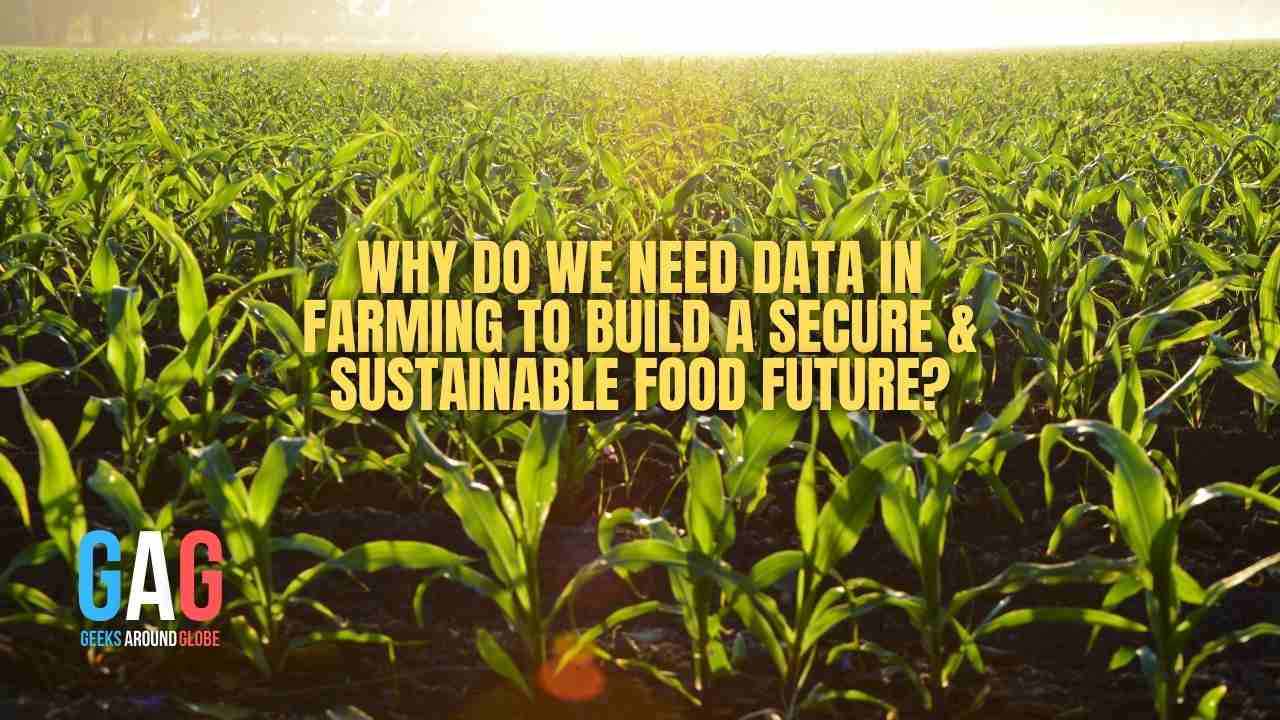Why Is Sustainable Farming Important?
Sustainable farming is significant because it provides a solution to the challenges produced by the current agricultural practices that provide the majority of our food. Today’s industrial farming methods, many of which date back to the 1950s and 1960s Green Revolution, are diminishing our natural resources through monocultures and the overuse of pesticides, fertilizers, and other practices while leaving people worldwide with unequal access to food and nutrition.
Environment soil is a nonrenewable resource, and sustainable and smart farming has the potential to safeguard and preserve soil health. Public health is a term that refers to the state of one option to rectify food system inequalities that result in persistent health disparities among people of color is to put food production in the hands of underprivileged communities, as sustainable farming activists often argue.
Animal Protection. Most animals bred for human food are reared and processed in unhealthy circumstances. Farmers committed to sustainability consider ways to modify certain industrial practices, such as minimizing antibiotic usage.
Workers and Local Economies. In industrial agriculture, farmers and farm workers are often exploited for their labor. The sustainable farming movement paves the way for a food system that values the dignity of farmers and workers.
Nonrenewable Resources are used in the most efficient way possible. Nonrenewable energy sources include coal, nuclear, oil, and natural gas, which we use to power vehicles and trucks, cook, heat our houses, and power plants that power our tablets and displays. The use of nonrenewable energy resources causes climate change, and food production is a major source of greenhouse gas emissions. To achieve Tom of environmental protection, sustainable farmers strive to be cautious in using such resources.
As the variety of a forest, sustainable farmers are varied and inventive as they adapt their operations to their local communities and environs.
The Indian agricultural business, worth $370 billion and employing well over 40% of the population, is undoubtedly a substantial contribution to the country’s GDP (19.9 percent in FY 2021). It represents 11.9 percent of the worldwide agricultural Gross Value Added (GVA) of $3,320.4 billion is noteworthy. Agriculture also accounts for 12 percent of the country’s total exports.
It is factually evident how important the industry is economically, but it is also beset by one major issue: dependence on antiquated farming techniques.
The Limitations of The Current Agri Model
Before reaching customers, the Indian agricultural value chain passes through many middlemen. Small farmers, who account for 86 percent of the country’s main food producers, have additional hurdles since the industry is highly fragmented and unorganized. These farmers also have restricted access to financing, money, agriculture supplies, and markets under the present system. Another big barrier is low technology adoption, bringing transparency, trackability, and predictability. As a result, all of which might be very beneficial to the industry.
Agritech has arrived. Agritech is a much-needed plug-in solution for India’s agribusiness. Machine Learning (ML), Artificial intelligence (AI), the Internet of Things (IoT), farm robots, blockchain, and other technologies may all be used to remedy problems in India’s existing agricultural strategy. Countries such as the United States, Australia, Israel, and the Netherlands have already adopted this new technology and transformed their agriculture from the ground up. Agritech’s advantages are obvious and tangible.
VCs and equity investors have been paying attention to the potential of this rising industry since 2020. This industry received a remarkable $242 million during the height of COVID-19, and it continues to expand.
Data is Everything
With technology comes data collecting and monitoring, soil data and smart farming data are making all the difference. The government has made efforts to put this data to good use by sharing its farm data repository, which has been collected since 2014, with industry giants like Cisco, Amazon, and Microsoft, as well as several local players like Jio and ITC, to country’s agricultural sector a data-driven edge and boost overall productivity. Implementing the Indian Digital Ecosystem of Agriculture (IDEA) brings openness and traceability to the business. The framework will store reusable sector-relevant data that will aid policymakers and industry professionals in develops and solutions to solve the system’s current difficulties.
Key Benefits to A Data-Driven Approach
Agritech can mitigate many agricultural risks via pure soil data or smart farming data, but it also comes with a slew of additional advantages:
- During the storage and transportation of products duct, traceability may be established.
- Precision helps to lessen environmental impact by reducing waste and misuse of agriculture inputs.
- Water resources may be used more efficiently with smart irrigation.
- Farm data aids in the improvement of productivity, lowering production costs.
- Using digital marketplaces cut out the middlemen and link farmers directly with consumers or merchants.
- Because tractability is feasible across the value chain, quality control is improved.
Current Initiatives Driving Agritech
The agritech industry will continue to develop in the future years, with Rs 60 crore earmarked in the recent budget to boost the ‘Digital Agriculture’ movement. Furthermore, the government is interested in developing a Public-Private Partnership (PPP) plan to help farmers who want to use agritech have better access. The government intends to establish a blended capital fund for agri-startups and rural businesses focused on the farm-to-table value chain.
By creating two key digital apps, the Ministry of Agriculture and Farmers Welfare has actively supported and increased technology adoption among farmers since 2013. First, via its digital trade platform, the National Agriculture Market (eNAM) assists farmers in selling their goods without the need for middlemen. Second, the Central Agri Portal for Direct Benefit Transfer (DBT) enables farmers to embrace new technology via government subsidies. Furthermore, Cisco’s Agricultural Digital Infrastructure (ADI) data stack facilitates data and knowledge exchange among farmers.
Implementation
The sheer availability of technology isn’t enough to transform the sector; certain barriers must be overcome for broad adoption.
- Affordability: Given that the typical Indian farmer earns less than Rs 1 lakh per year, buying pricey technology would be their last thought.
- Education: Agri institutions and organizations may offer knowledge transfer and training linked to new technology to promote general acceptability and adoption among farmers via systematic programs and government efforts.
- Plug-and-play: Most farmers labor on tiny plots of land and are often leased, making them vulnerable to relocation. To be feasible for Indian farmers, the technology solution must be portable and plug-and-play.
Due to a lack of funds and land holdings, Indian farmers would significantly benefit from vendors that may rent out equipment and offer sharing services.
Future Lies in Affordability and Accessibility
Recent investment surges show that the Indian agritech industry has tremendous promise, but it will need more to have a big effect. Data stacks like IDEA and ADI are laying the groundwork for a new generation of tech-savvy farmers, but broad adoption will only be possible if they are affordable and accessible. Education is also important since most rural communities are still unaware of the alternatives that are accessible to them.
With over 1,300 agritech businesses in India alone, the industry is striving for a middle ground where technology can easily pass from vendor to farmer, assisting them in running a sustainable agricultural operation while maintaining its food security interests.







